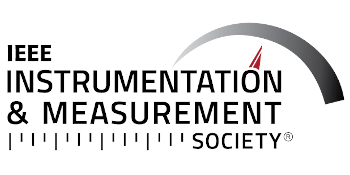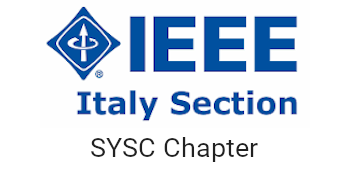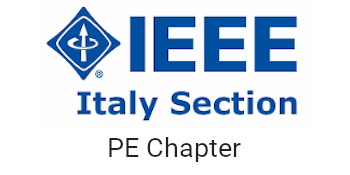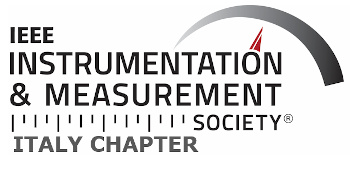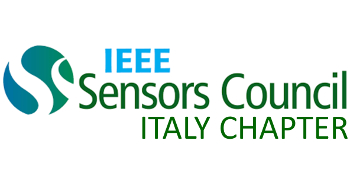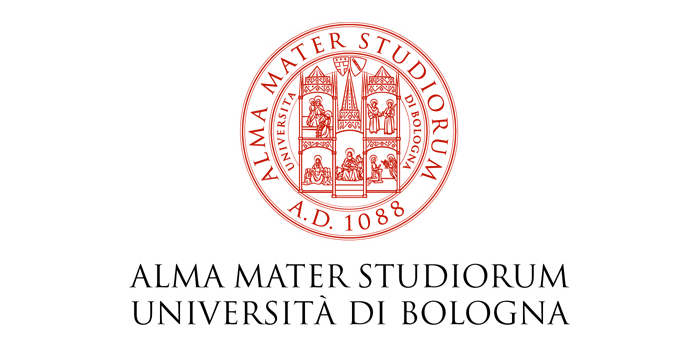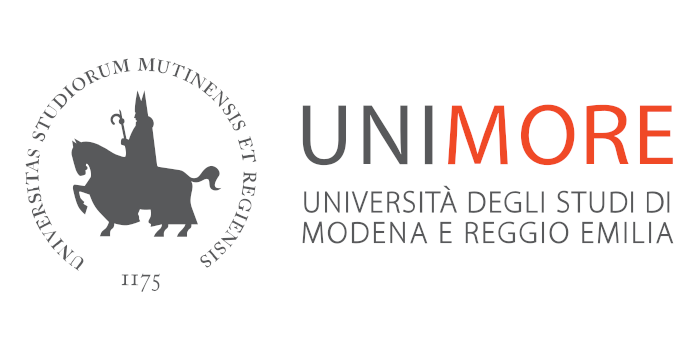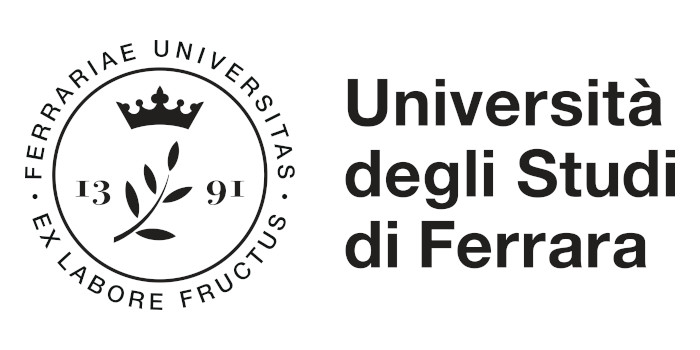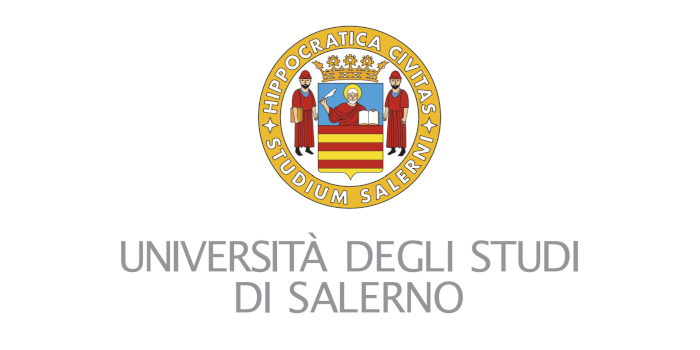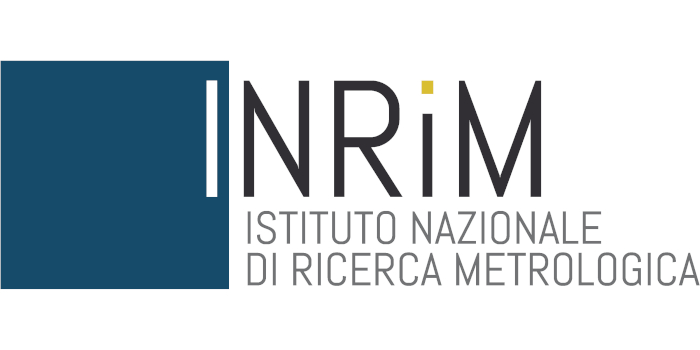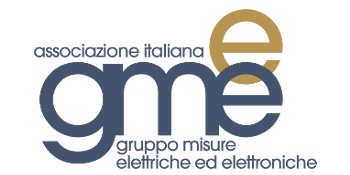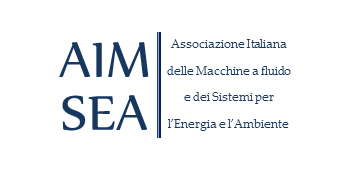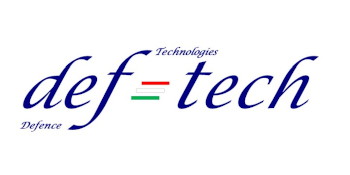Design and characterization of sensors and measuring systems for ADAS
ORGANIZED BY
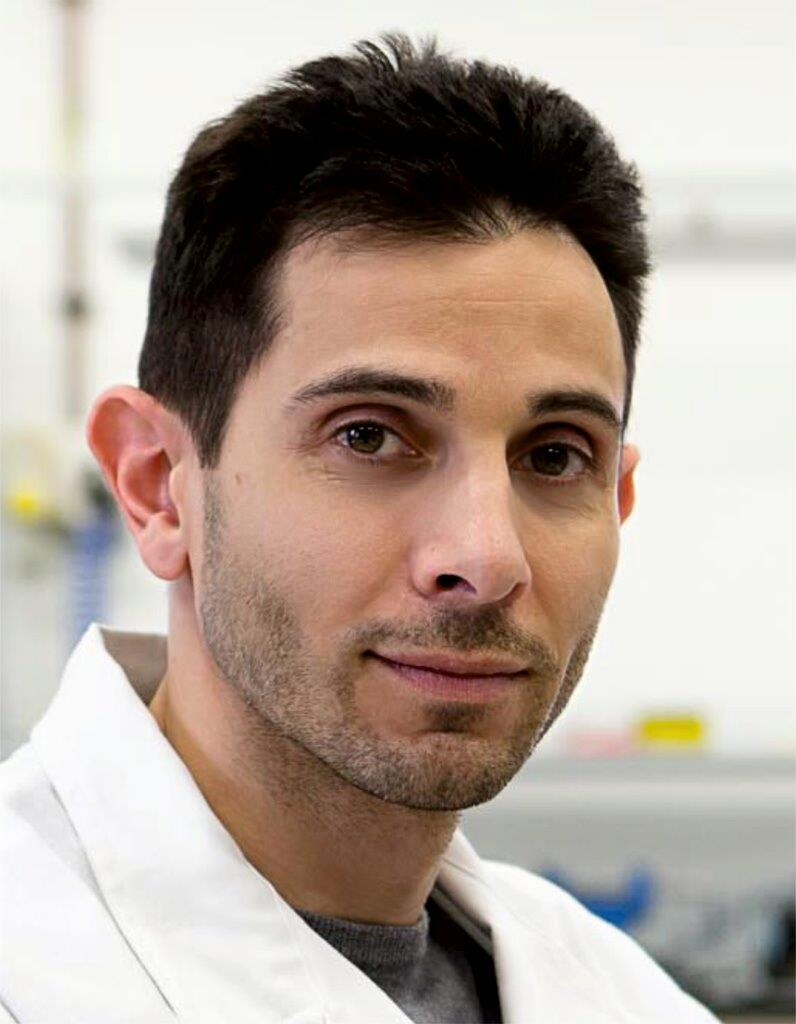
Stefano Cattini
University of Modena and Reggio Emilia, Italy
ABSTRACT
Cars have come a long way since they first came on the road. Introduced in the late 1970s, the ABS (Anti-lock Braking System) was probably one of the first ADAS (Advanced Driver-Assistance Systems) to be used in passenger cars. Since then, various systems have been introduced to improve safety as well as enhance the driving experience. The paramount goal of ADAS is to assist or even replace the driver in safety-critical situations – for himself and equally so for other mobile and pedestrian traffic participants. In addition, ADAS can also enhance driving comfort and, not less important, improve the economic as well as the environmental balance. Indeed, Level 5 autonomous driving could not only substantially zero car accidents but completely revolutionize the current concept of mobility, making, in many cases, owning a car no longer profitable.
However, any increase in the level of autonomous driving requires a much accurate and reliable detection and measurement of everything inside and outside the car. To accomplish this, the number of sensors on current Level 2-3 cars is dramatically increasing, generally including multiple LiDAR, camera, ultrasonic, and radar sensors. However, to reach the ambitious goal of autonomous driving, it is essential to, on the one hand, further improve the performance of current measurement systems, and on the other, to have a full knowledge of how these systems behave in all driving conditions which a car can be subjected to.
In this scenario, research contributions dealing with the design and the characterization of sensors and measuring systems for supporting ADAS are particularly welcome.
TOPICS
Topics of interest for this Special Session includes, but are not limited to:
- design and characterization of sensors and measuring systems for sensing the environment around the vehicle
- design and characterization of sensors and measuring systems for monitoring the level of comfort and vigilance of the driver and passengers
- design of test methodologies for the characterization of sensors and measuring systems for ADAS
- embedded electronics for sensor platforms
- V2X for sensing
- artificial intelligence and fusion algorithms for sensor generated signals
ABOUT THE ORGANIZER
Stefano Cattini received the M.Sc. degree in electronic engineering and the Ph.D. degree in electronics and telecommunications from the University of Modena and Reggio Emilia, Italy, in 2005 and 2009, respectively.
Since then, he worked as a researcher at the University of Modena and Reggio Emilia, Italy.
From 2014 to 2019 he has been also the research manager of the MS2 Laboratory at the Science & Technology Park for Medicine (TPM) "Mario Veronesi" of Mirandola, Italy.
He is currently a Fixed-term Assistant Professor at the University of Modena and Reggio Emilia, Italy.
His research interests cover the design and validation of new measurement methods and measuring systems.

